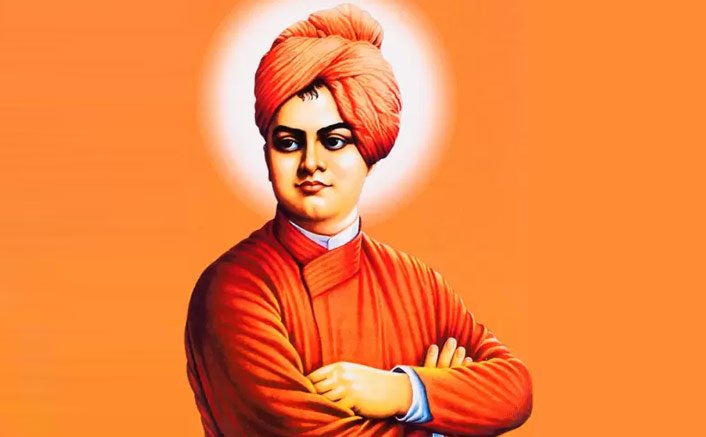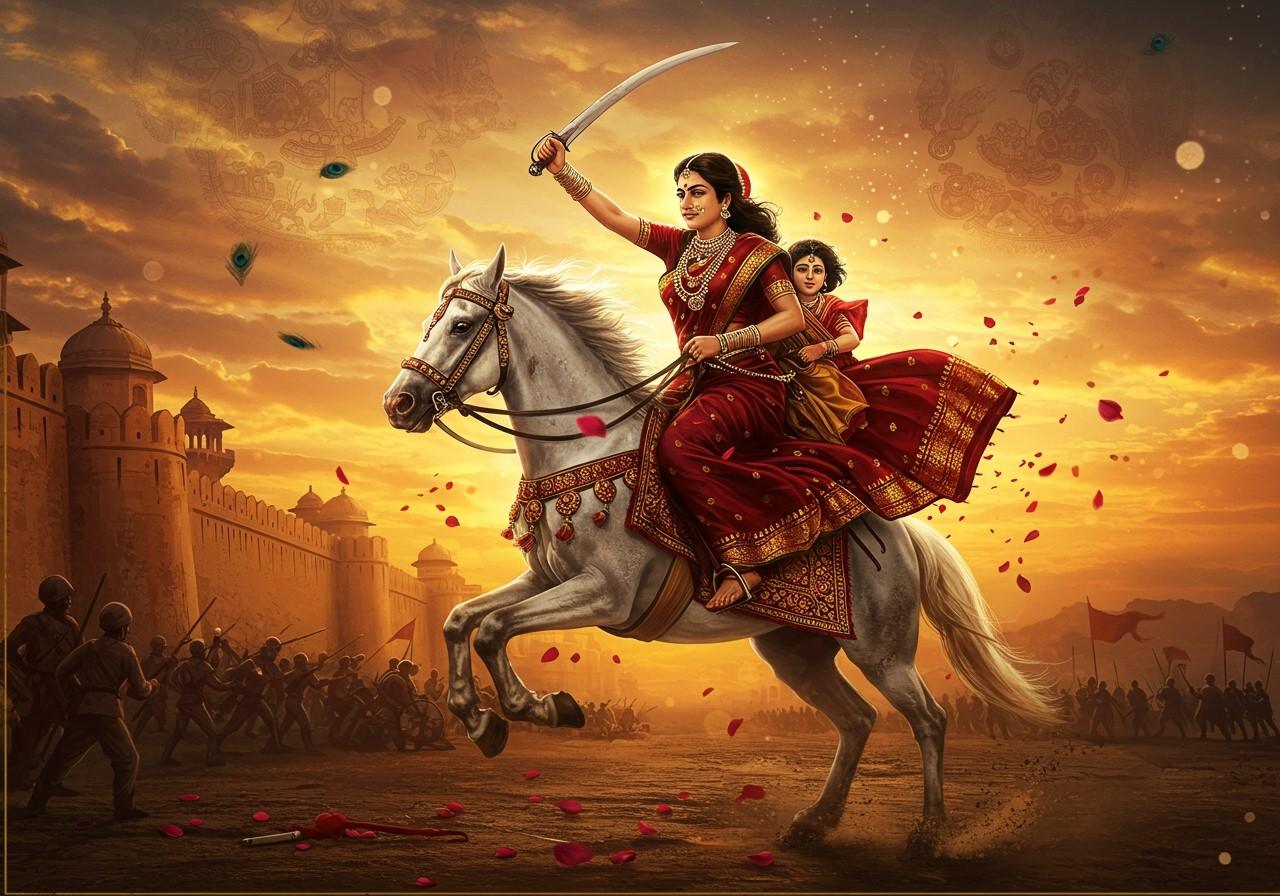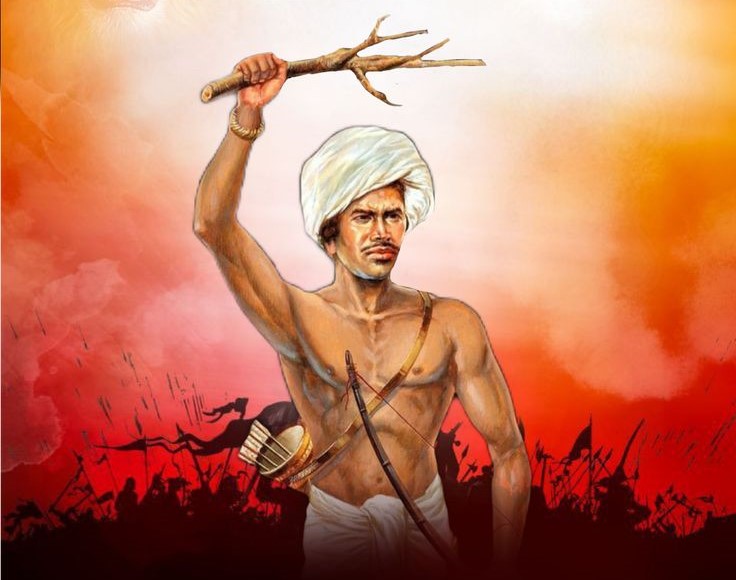By Dr. Bhupendra Kumar Sullere
Not Death, But a Declaration of Immortality
In Indian philosophy, death is not merely a physical event—it is seen as a stage in the higher evolution of the soul. When Swami Vivekananda left his mortal body in a meditative state at Belur Math on July 4, 1902, it was not merely the passing of a great monk. It marked the expansion of a consciousness that came to symbolize India’s renaissance, self-confidence, and national awakening.
This article offers a comprehensive exploration of the circumstances of Swamiji’s death, its interpretation through the lens of Yogic philosophy, its socio-political impact, and its continuity in Indian consciousness.
1. The Final Moments: The Convergence of Yoga and Death
Swami Vivekananda was the hero of the 1893 Parliament of Religions in Chicago, but his extensive travels across America and Europe took a heavy toll on his health. After 1900, he suffered from diabetes, asthma, insomnia, and chronic headaches. Despite this, he never allowed these ailments to hinder his mission. He maintained a disciplined routine of morning meditation, teaching Vedanta to students, evening walks, and deep introspection.
He had already hinted to his close disciples that he would not live beyond the age of 40. On the afternoon of July 4, 1902, he engaged in scriptural discussions with the scholars at the Math, spent a few hours teaching, and later entered deep meditation. In that meditative state, he consciously withdrew his soul from the body through the Brahmarandhra—an act described in the scriptures as Mahasamadhi.
"I am a yogi from a tradition that can choose when to die." — Swami Vivekananda
2. Not Death, But the Expansion of Life
In the Indian worldview, death is not an end, but a transition. Swami Vivekananda was a living embodiment of this belief. He popularized the Vedantic idea:
"Na jāyate mriyate vā kadācin, nāyaṁ bhūtvā bhavitā vā na bhūyaḥ"
(Bhagavad Gita 2.20)
"He is never born, nor does he die; having once existed, he never ceases to be."
For Swamiji, death was not a matter of sorrow. He once said:
“I do not fear death, for I know I am not the body, I am the soul.”
He had already instructed his fellow monks that his death should not be a cause of mourning, but a source of renewed energy for service and spiritual pursuit.
3. The Role of Death in National Renaissance
Though his demise brought a wave of sorrow across the country, it was soon followed by a surge of action inspired by his ideas. Numerous institutions, movements, and organizations were born in the wake of his teachings:
(a) Reorganization of the Ramakrishna Mission
After his passing, the Ramakrishna Mission evolved into a powerful service organization. The seeds he planted grew into a vast tree spreading across the nation, contributing to education, healthcare, rural development, women’s empowerment, and religious harmony.
(b) Awakening Among Revolutionaries
Freedom fighters like Sri Aurobindo, Bhagat Singh, and Netaji Subhas Chandra Bose drew immense inspiration from him. Netaji famously said:
“Vivekananda was the first to make me realize I was an Indian.”
(c) Contribution to Educational Movements
Institutions such as Visva-Bharati, Bharatiya Vidya Bhavan, Sharada Peeth, and Banaras Hindu University reflect the deep imprint of Swamiji’s educational vision.
4. Interpretation of Death in Yogic Philosophy
In Raja Yoga, Swami Vivekananda explained that a yogi can choose the moment of their physical departure. For him, death was not a random event but a conscious journey of the soul’s complete expansion. He frequently quoted from Patanjali’s Yoga Sutras:
“Kāyendriya-siddhir-aśuddhi-kṣayāt tapaḥ॥”
"Through austerity, the body and senses attain perfection."
Swamiji had awakened his Kundalini Shakti and ultimately merged into the Sahasrara chakra—the thousand-petaled lotus at the crown. This was not a normal death, but a yogic state of becoming one with the Absolute—Brahma-lina.
5. Global Perspective: Worldwide Reaction
Swamiji’s passing drew significant attention abroad. Newspapers like the New York Times, London Times, and Paris Gazette described him as "The Philosopher Representative of Asia" and "The Young Sage of India."
Lady Sarah Chapman, who presided over his lectures in London, wrote:
“He was a representative of God, who came to teach us that love and service are the essence of religion.”
6. Impact on Modern India
After his death, while the Ramakrishna Mission carried forward his legacy of practical religion, his thoughts began to influence India’s Constitution, educational reforms, cultural revival, and even foreign policy.
Dr. Sarvepalli Radhakrishnan observed:
“Vivekananda’s death gave us a work ethic—Karma Yoga, Rashtra Yoga, and Jnana Yoga.”
In 2013, the Government of India declared Swami Vivekananda’s birthday (January 12) as National Youth Day—a testimony to the immortality of his contribution.
An Immortal Idea Beyond Death
Swami Vivekananda’s death was not an event of mourning, but the dawn of a new spiritual and national consciousness. He transformed death into a celebration of life. His words continue to guide us:
“Arise, awake, and stop not till the goal is reached.”
He may have departed in body, but his spirit, ideas, and dedication to service live on in the minds of India’s youth and across the world. His death, in essence, was a proclamation of the immortality of his vision.






